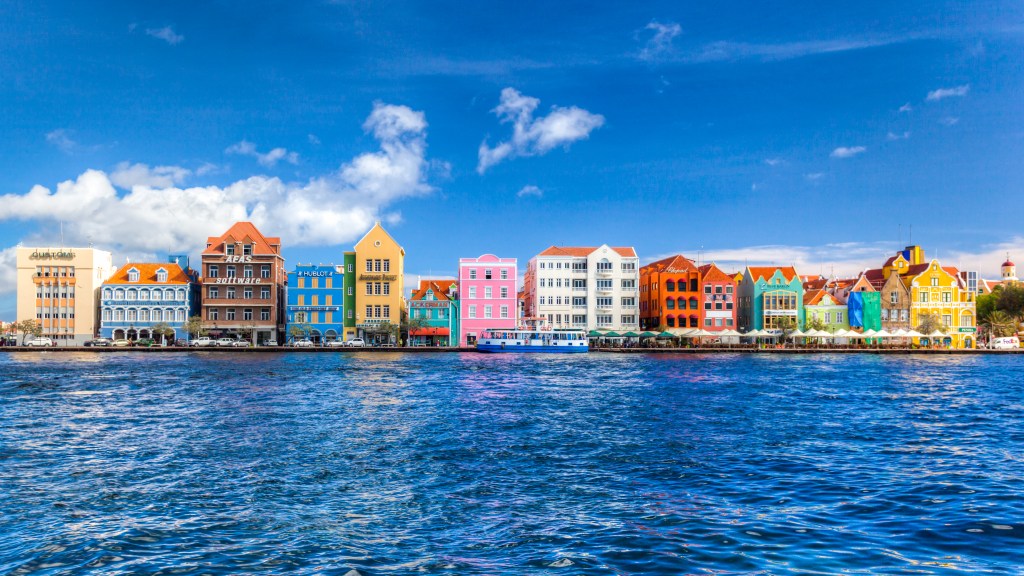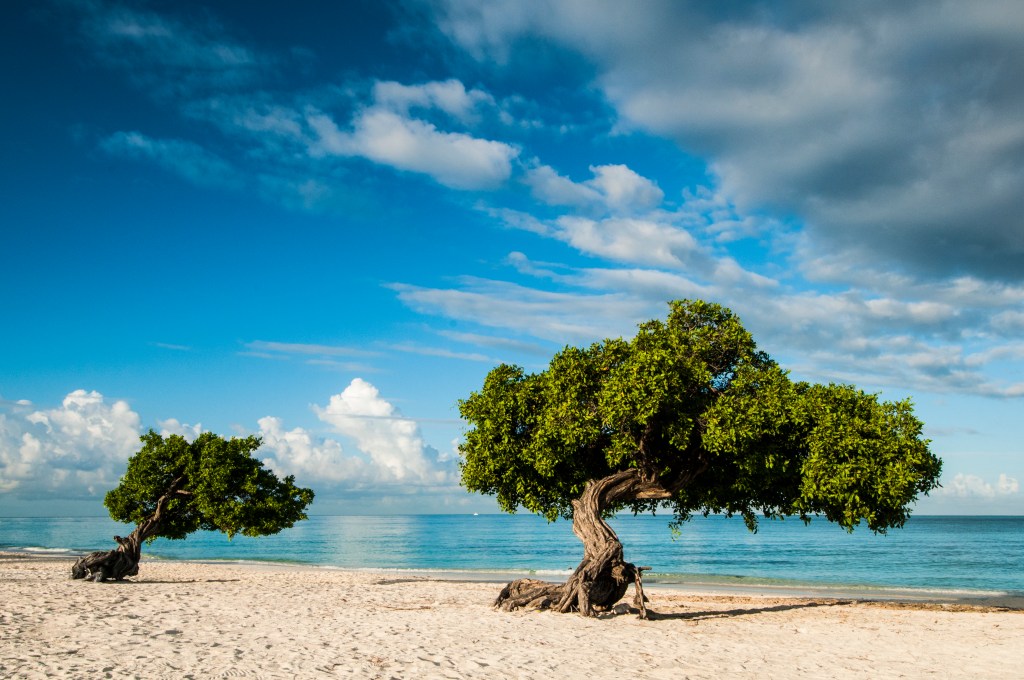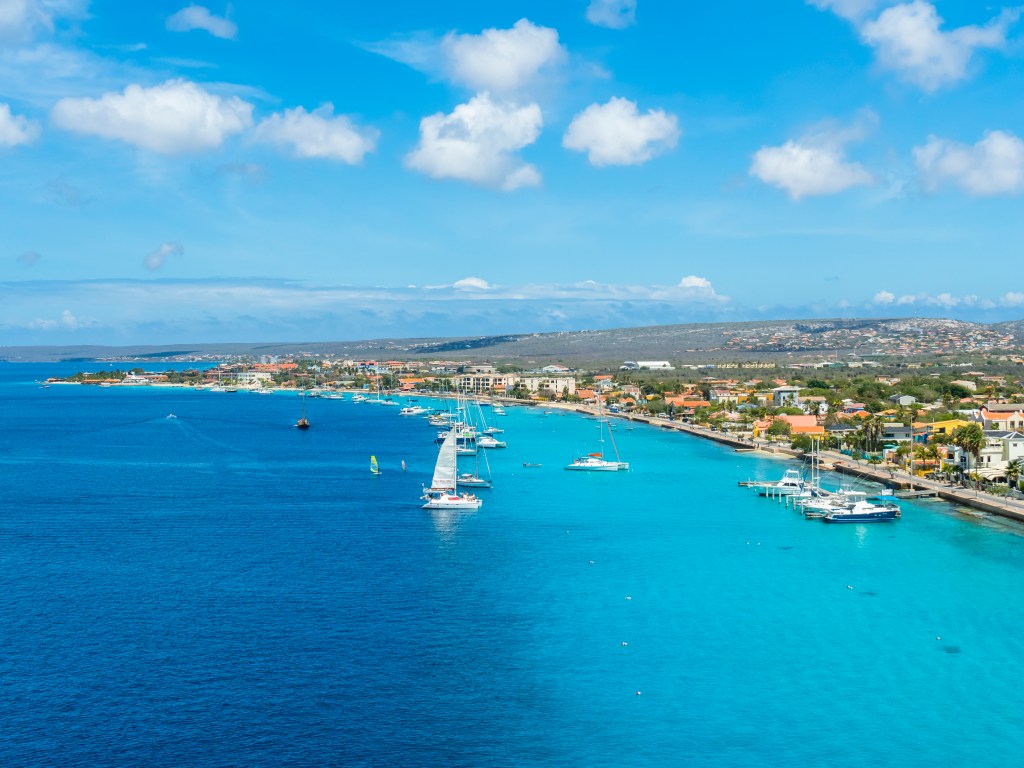I’m so sorry, my dear jet-setter, but I can’t protect you against every travel mishap.
There are too many, and they’re constantly evolving. Also, some of the most valuable advice in the travel world will stem from your own experiences—not mine.
That being said, I can point to my own hard-learned lessons, along with those of my travel-centric community.
Some travel tips for first-time travelers are suggestions and straightforward pieces of advice. Others are more like allegories that you need to take in stride and adapt to your own immediate trip needs.
Without further ado, these are the most important travel tips for first-time travelers to keep in mind. Whether you’re flying across the country or the world, these tips will serve you in 2025 and beyond.
Travel tips for first-time travelers based on living decades on the road
Tip #1: It’s probably worth it to pay more for a non-stop flight
Air travel in 2025 is egregiously prone to delay. My one tried-and-true piece of advice for first-time travelers is to splurge on your plane ticket. Book directly on the airline’s website; you’ll be treated better in case of an emergency. Then book a non-stop flight, if possible. There are fewer chances for things to go wrong and for you to miss your connection.
Tip #2: Pack three times minimum to get the right balance
If you’re a first-time traveler, you’re probably struggling with a packing list. I have many pieces of advice when it comes to packing, but the most important are these: pack three times to make sure you’re not over- or under-packing, then scrap any pieces that are there wishfully.
Will you actually wear those fancy pants? And do your other articles match the forecast—not what the weather should be like?
Tip #3: Schedule downtime—a lot of downtime
Some of my most valuable travel tips for first-time travelers revolve around slowing down. You might want to plan out every second of your trip to make sure you’re maximizing on your time—which is a fair point.
If that sounds like you, then schedule downtime. That might be booking a treatment at a spa or simply leaving an afternoon open. If you don’t schedule some downtime as a first-time traveler, you might leave your vacation feeling even more exhausted than when you arrived.
Tip #4: Buy an eSIM—either locally or via an app
In 2025, first-time travelers don’t need to worry about international phone plans. You can download an app and buy an eSIM that gives your phone service in your host country. Or, alternatively, you can go to any phone store when you arrive and buy an eSIM or a physical SIM from the shop. Usually, the latter come at a much more affordable price and work better.
Tip #5: Know when to bother with insurance
Travel insurance is a big topic, along with medical insurance and emergency insurance. If you’re a nervous type, you might want to invest in insurance that covers you in case of lost bookings, medical emergencies, or even natural disasters.
Personally, I don’t really see the point of traveler’s insurance. If you don’t have enough money in your savings account or available on a credit line to cover something like a lost flight or hotel booking, then maybe it’s not the right time to travel. Again, that’s just my personal take. Do with it what you will.
Tip #6: Double-check visa requirements
Back in the day, an American passport could get you into just about any country without a visa or, if you did need one, a basic form to fill out. Today, countries and regions are rolling out new requirements for visitors at a faster rate than ever before. Always double-check visa requirements before you head out; most are fully digitized and can be approved within a few days.
Tip #7: Going too budget will ruin your trip—know when to splurge
I encourage you to spend more when booking flights because it streamlines operations in case of disaster and minimizes the chance of delays or missed flights. That type of mentality will serve you well in other travel-related topics, too. Going too budget, unfortunately, can wreak havoc on your trip.
For example, choosing to stay in a cheap hostel versus a larger hotel might mean that you lose sleep to other noisy visitors. That missed sleep can have a negative domino effect on the rest of your trip, intensifying jet lag and making you miss out on the things you were excited to see.
Tip #8: Read the reviews for hotels, tours, and more using keywords
Before you book anything, head to the review section. There’s almost always a search bar. There, type in your most pressing concerns, whether noise, customer service, value for price, and so on.
Tip #9: Language and culture matter—way more than you think
Learning a little bit about the local culture at your destination can go a long way in improving your trip. The same for learning a few phrases in the local language. These factors signal to locals that you’re interested in a meaningful exchange—and they can unlock unique experiences.
For example, I once tried out my Swedish in a rural town and was then treated to a Mad Max-style adventure on a local man’s snowmobile. (I mean that in a good way.)
Tip #10: Take out some cash when you arrive
Most travelers prep their banks before leaving home so that they can use their credit and debit cards abroad. That’s a great rule of thumb—but don’t forget to take out some cash when you land. This is a great way to tip (if it’s appropriate) anyone, along with make smaller purchases, like for waters and snacks.
Tip #11: Don’t forget about the bus and/or metro
Taxis and rideshares can be expensive. One of the most important travel tips for first-time travelers from the US to know is that many other countries have functional, affordable public transit systems.
Using an app like Google Maps, you can get from Point A to Point B with just a bus or a metro. Usually, you need to buy a transit card to use it, but you can sometimes still pay cash.
Tip #12: Avoid visiting more than two destinations per trip
The more you try to get done during your trip, the less likely you are to feel excited and rejuvenated by your vacation. That might not be an issue if you want to see many sites and really dig into local culture, especially in a city like Florence with its dozens of museums.
However, I highly recommend avoiding visiting more than two destinations in a trip. In reality, I’d vote you stick to one to really get a feel for the culture and atmosphere.
Tip #13: If you’re prone to worry, have your ducks in a row
If you’re worried about traveling for the first time, these are the topics I think will help you sleep at night. First, buy travel insurance. If you’re really prone to nerves, you might even want to pay for wider coverage, like MedJet, for example.
Aside from insurance, look into the Department of State’s recommendations. Knowing where the nearest embassy is and how it can help you when you’re in need will give you some much-needed comfort—and information on what to do in case of XYZ.
Tip #14: Carabiners, tiny totes, and latex balloons are my secret go-tos
I’m rounding off this list of travel tips for first-time travelers with my three oddest packing suggestions.
Mini-carabiners can be used for a range of purposes, from making your bag thief-proof to hanging things at your rental. Tiny totes can be added to your packing list without taking up any room; they will also give you a day bag or shopping bag at your destination. Lastly, latex balloons can be used to create a cap or seal on any liquids that are prone to leaking. They’ll contain the mess and prevent it from spreading.







